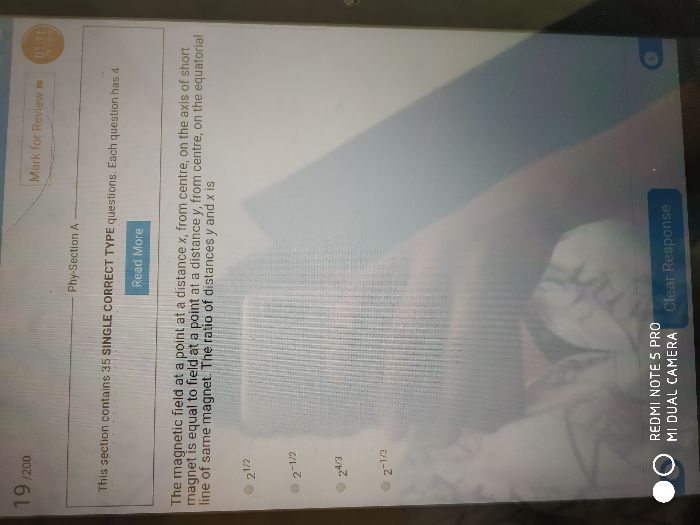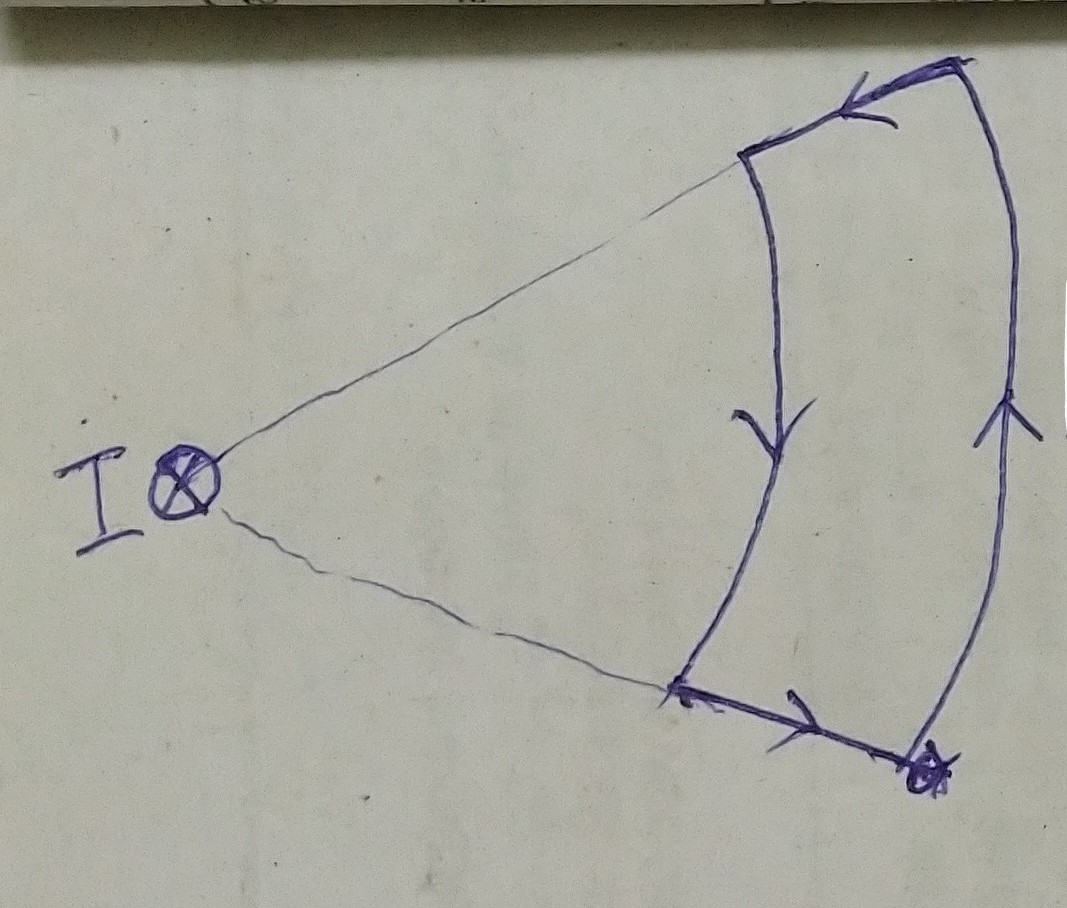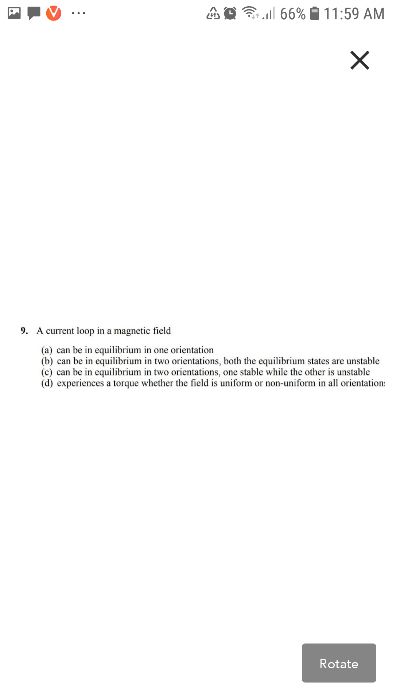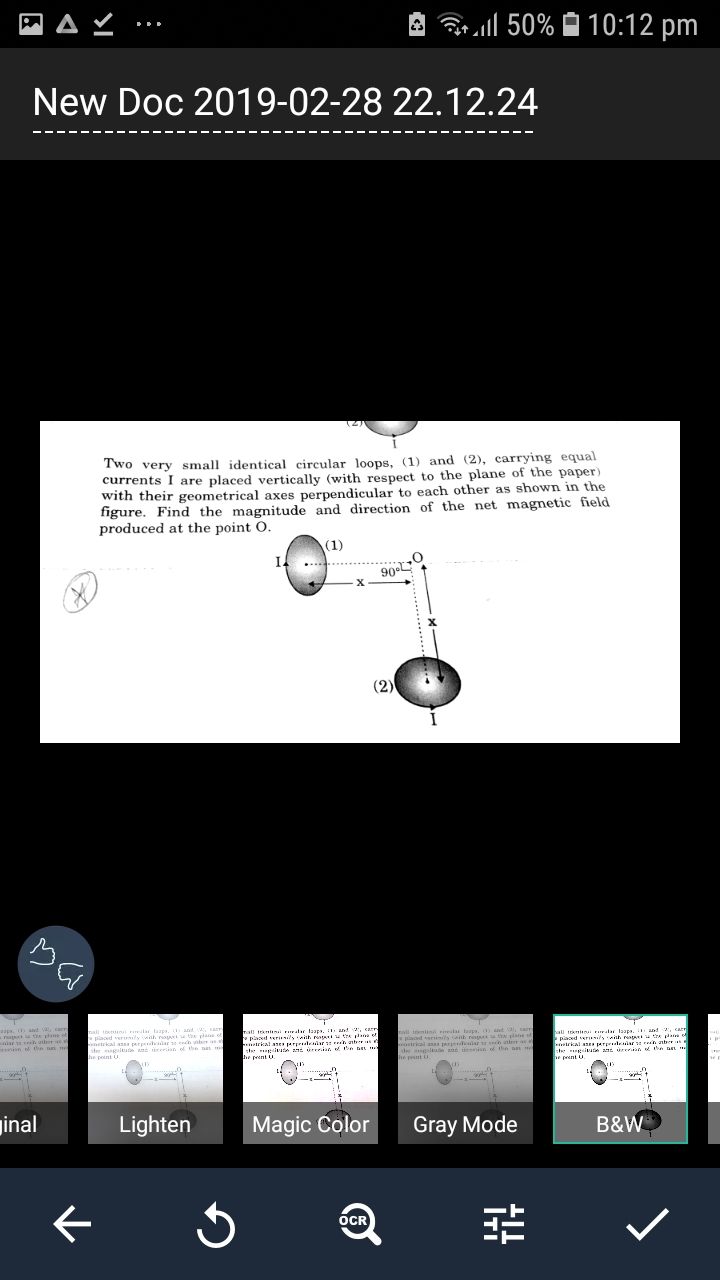CBSE Class 12-science Answered
Please give observations on activities in Practical Physics Subject.(CBSE CLASS 12)
Activities are:
Section A
1. To determine resistance per cm of a given wire by plotting a graph for potential difference versus current.
2. To find resistance of a given wire using metre bridge and hence determine the resistivity (specific resistance) of its material.
3. To verify the laws of combination (series) of resistances using a metre bridge.
Section -B
1. To find the value of v for different values of u in case of a concave mirror and to rind the focal length.
2. To find the focal Length of a convex mirror, using a convex lens.
3. To find the focal Length of a convex lens by plotting graphs between u and v or between 1/u and 1/v.
and 1 experiment To determine refractive index of a glass slab using a travelling microscope.
Asked by sukalp | 28 Dec, 2016, 12:23: AM
Section A:
1. The graph in the activity is potential difference versus the resistance.
So, we need an apparatus where these two elements are available. To determine resistance implies that the apparatus will be that of Ohm's Law.
Hence, after setting up the apparatus, the following observations can be made.
1) Voltage across the wire as noted by the voltmeter.
2) Current through the wire as noted by the ammeter.
Now, by varying the battery the potential difference will be varied and so will the current.
So, the table for the observation will have Sr. No as column 1, voltage as column 2 and current as column 3.
After noting the values, the graph can be plotted with current on x-axis and voltage on y-axis. What one should get is a straight line by joining all the points on the graph. Once that is done take the slope of the graph. The slope will give you the resistance of the wire.
After calculating the resistance find the length of the wire in centimetres with the help of a ruler. When you get the length just divide the resistance (slope) with the length. You will get the final result as resistance per cm for the wire.
NOTE: Kindly post each activity as individual queries.
Answered by Romal Bhansali | 31 Dec, 2016, 02:43: PM
CBSE 12-science - Physics
Asked by munaxa013 | 17 Jan, 2024, 11:56: AM
CBSE 12-science - Physics
Asked by akshaygavit07.12dgatl | 26 Sep, 2021, 02:01: PM
CBSE 12-science - Physics
Asked by vanshikaklnr | 10 Sep, 2020, 05:33: PM
CBSE 12-science - Physics
Asked by patra04011965 | 21 Jun, 2020, 08:35: PM
CBSE 12-science - Physics
Asked by mufeedatvp2000 | 19 Apr, 2020, 12:01: PM
CBSE 12-science - Physics
Asked by pratishapranisha153 | 21 May, 2019, 09:45: PM
CBSE 12-science - Physics
Asked by alanpeter9611 | 01 Mar, 2019, 12:44: AM
CBSE 12-science - Physics
Asked by mridulabarua05 | 20 Feb, 2019, 05:08: PM
CBSE 12-science - Physics
Asked by pardeepkumar2281 | 06 Feb, 2019, 08:24: PM
CBSE 12-science - Physics
Asked by pardeepkumar2281 | 06 Feb, 2019, 08:21: PM





